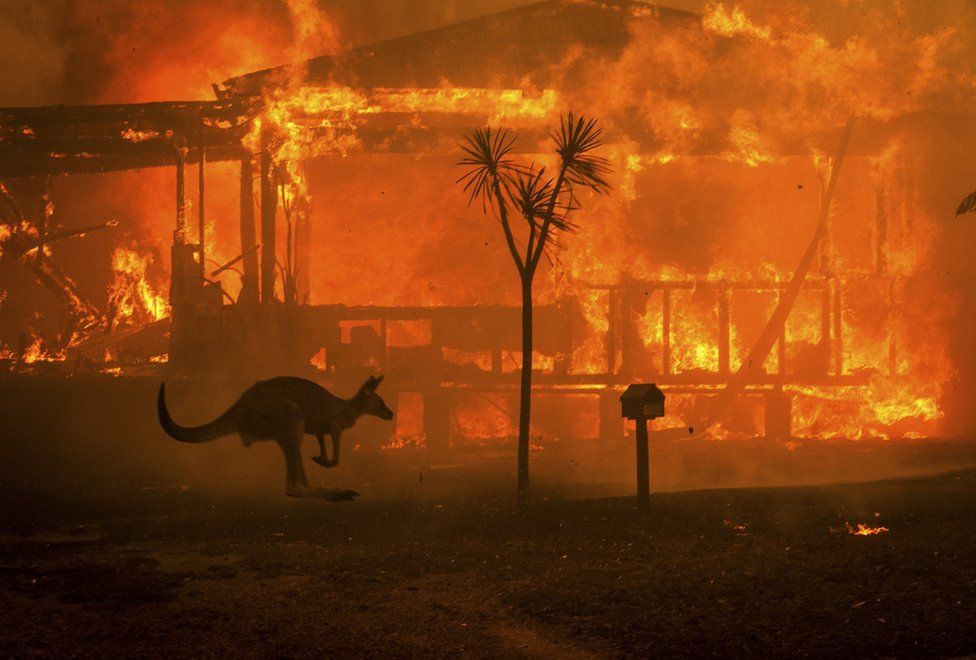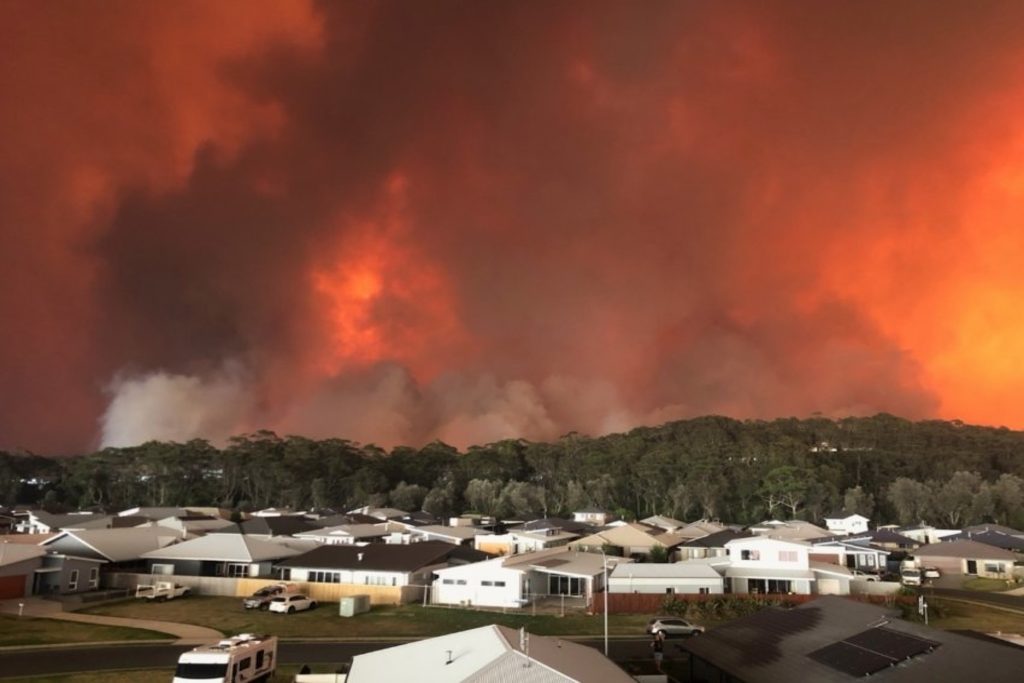Crafting Your Building's Safety and security: A Step-by-Step Bushfire Management Plan Overview
Crafting Your Building's Safety and security: A Step-by-Step Bushfire Management Plan Overview
Blog Article
The Significance of Bushfire Administration in Fire Security
In the world of fire security, the relevance of efficient bushfire administration can not be underrated. As communities worldwide face raising circumstances of wildfires, the aggressive technique to protecting against and reducing these natural disasters through calculated bushfire monitoring methods has actually arised as an essential element. Past the instant danger to human life and home, the interplay in between bushfire administration and ecological preservation, area involvement, and environment modification positions intricate difficulties that demand thorough options.
Significance of Proactive Bushfire Avoidance
Positive bushfire prevention methods are vital in mitigating the ravaging impacts of wildfires on ecosystems and areas. By taking preventative procedures before a bushfire takes place, the dangers related to these natural calamities can be dramatically decreased. One vital element of aggressive bushfire prevention is gas monitoring. This involves lowering the amount of combustible material, such as dead plants and completely dry leaves, that can function as fuel for fires. Gas management methods consist of recommended burns, where regulated fires are intentionally lit to lower the build-up of combustible product.
In addition, developing firebreaks - cleared locations where greenery is purposefully removed to create a barrier to quit the progression or reduce of a bushfire - is another critical proactive measure. By executing these methods, the spread of wildfires can be restricted, securing both human lives and the atmosphere. Additionally, informing the public ablaze safety practices and promoting community awareness about the significance of bushfire prevention are important elements of proactive strategies. Ultimately, aggressive bushfire avoidance plays a considerable function in protecting areas and communities from the damaging influences of wildfires.
Function of Area Engagement in Fire Protection
Involving the community in fire defense efforts is important to enhancing the performance of positive bushfire avoidance strategies. Neighborhood engagement plays a vital role in promoting a collective understanding of the dangers posed by bushfires and the relevance of preparedness procedures. By entailing neighborhood residents, authorities can distribute essential info on fire safety and security methods, emptying treatments, and early warning systems, empowering individuals to take positive actions to guard their lives and homes.
By cultivating a society of readiness and collaboration, communities can reinforce their ability to react successfully to bushfire emergencies, reducing the effect on homes and lives. Ultimately, area interaction is a keystone of comprehensive fire protection approaches, highlighting the importance of cumulative activity in safeguarding at risk areas from the threat of bushfires.
Significance of Wild Animals Preservation in Bushfire Monitoring
Preservation of wild animals plays a vital function in reliable bushfire administration strategies, making certain the protection of diverse ecosystems and biodiversity in fire-prone regions. Wild animals preservation is crucial as it adds to the overall durability of communities, assisting in their capability to hold up against and recoup from the impact of bushfires. By preserving environments and safeguarding numerous species, the all-natural equilibrium within these communities is maintained, which is vital for their long-term health and wellness and sustainability.
Furthermore, wildlife conservation likewise aids in decreasing the i was reading this danger and strength of bushfires. Healthy ecological communities with well-preserved wildlife populations can function as all-natural firebreaks, reducing down the spread of fires and restricting their damaging capacity (Bushfire Management Plan). Particular animal types, like tunneling pets or birds that spread seeds, play distinct functions in aiding or preventing fires in the post-fire regrowth of habitats
Integrating wild animals conservation right into bushfire monitoring approaches is not only crucial for safeguarding biodiversity but also for advertising the total health and resilience of ecological communities despite raising fire hazards.
Benefits of Strategic Fuel Decrease Programs
Tactically carrying out fuel reduction programs is necessary in alleviating the risk and impact of bushfires in fire-prone areas. These programs include controlled burning, mechanical clearing up, and other methods to reduce the amount of flammable plant navigate to these guys life readily available to fuel wildfires. By strategically reducing fuel lots in crucial areas, such as close to property neighborhoods or vital infrastructure, the strength and spread of bushfires can be dramatically reduced.
One of the primary advantages of fuel reduction programs is the improvement of overall fire durability in an ecosystem. By producing critical fuel breaks and lowering the continuity of vegetation, these programs assist to disrupt the path of a bushfire, making it simpler for firemans to snuff out the blaze and include. In addition, fuel reduction programs can shield biodiversity by stopping excessively extreme fires that can devastate habitats and intimidate wildlife populaces.
Additionally, these programs can additionally protect human lives and property by reducing the risk of tragic fires that position a significant risk to areas. Inevitably, tactical fuel decrease programs play a critical role in positive bushfire monitoring and fostering a much safer atmosphere for both individuals and nature.
Influence of Environment Change on Bushfire Threat

Greater temperature levels lead to drier greenery, making it extra vulnerable to ignition. Decreased rains in specific areas prolongs drought conditions, additionally increasing the flammability of the landscape. Furthermore, the transforming environment has changed wind patterns and atmospheric conditions, causing even more erratic fire habits and rapid fire spread.
As the climate remains to change, the frequency and intensity of bushfires are anticipated to increase, demanding a proactive and adaptive technique to bushfire management. Techniques have to advance to represent the transforming risk landscape, incorporating environment forecasts and taking into consideration lasting resilience in fire monitoring preparation. Dealing with the effect of climate modification on bushfire danger is critical in developing efficient techniques to safeguard lives, residential or commercial property, and the environment.
Conclusion
In final thought, proactive bushfire prevention, area involvement, wild animals preservation, calculated gas reduction programs, and consideration of climate adjustment are important elements in efficient fire protection. By implementing these strategies, we can much better handle bushfire dangers and secure both human lives and the atmosphere. Bushfire Management Plan. It is critical that stakeholders collaborate to prioritize these steps to minimize the devastating influence of bushfires on areas and ecological communities

As the climate proceeds to transform, the regularity and strength of bushfires are expected to rise, necessitating a flexible and aggressive strategy to bushfire monitoring.In verdict, aggressive bushfire avoidance, neighborhood involvement, wild animals conservation, calculated fuel reduction programs, and consideration of environment change are important elements in efficient fire protection.
Report this page